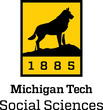|
In blog posts one and two, we described business directories and the methods we used to incorporate them into the historic spatial data infrastructure which enables the Keweenaw Time Traveler’s Explore app. In this post, we want to focus on the recently-added 1917 Houghton County business directory and demonstrate ways we use it for outreach and research. Specifically:
What separates business directories from city directories? Business directories were not separate documents from city directories. The business directories were a sub-section of the larger city directory. In the Polk & Co. County Directory for 1917, city directories containing personal listings appear first, the business directory is second, and a farmer directory is third. Many of our older Citizen Historians are familiar with phonebooks; our younger Citizen Historians possibly not. This same arrangement was used through the twentieth century in phonebooks. In phonebooks, residential information was listed at the front of the book in the white pages with businesses listed in the yellow pages and government offices listed in the blue pages. Yes, the pages were actually white, yellow, and blue enabling people to quickly navigate hundreds of pages. If you were looking for a mechanic, you might check in the category for “Automobile-Auto Repair.” We might also see category listings for "Mechanics" as their skills were not confined to automobiles. Here’s an example of a business directory listing from the Keweenaw Time Traveler: In the example above, Ruppe P & Sons ran a department store in the Village of Calumet in 1917. During this period, small businesses specializing in a single industry still existed. Women might go to a milliner to obtain a hat and then take their children to a confectioner for something sweet. Because Ruppe P & Sons sold many kinds of goods, they needed to advertise in multiple categories including:
Polk directories were printed bi-annually and could not be edited until a newer directory was developed two years later. This made listing in multiple categories both a necessity and a careful strategy for business owners. For younger Citizen Historians, imagine your favorite shop. Now, think about the different services they offer. What categories would they need to advertise within to make potential customers aware of all the services they offer? How can we use business directory listings to delve into Copper Country history? During our Copper TRACES programming, we use business directories and maps. We refer to ourselves and our fourth graders as detectives. We use these archival materials in ways they were never intended to be used, and we guide our Junior Detectives as they uncover historical clues. The business directories are one of our clues, allowing us to better understand what took place within a building's walls. Sanborn fire insurance plans provide a great deal of information about our historic cities, but they cannot list every activity housed in a building. Business directories can help flesh out the story. Using the geolocated business directories, we can identify some of the building's other uses:
Can our junior detectives answer all of these questions with the information available? No, they cannot. The goal is to teach them how to get inspired by mapped archival records and develop questions we previously did not think to ask. How can you access the business directory? The 1917 Polk & Co. Houghton County Directory is already incorporated within the Keweenaw Time Traveler. When you select a building on the map, it will be outlined in red.
For buildings with multiple entries, the important thing to remember is that they are not duplicates. Each entry comes from a different category in the business directory and can be selected individually to see all of the records. You can confirm the category by viewing Details and the Source as Business Directory 1917. The Time Traveler Team hopes this three-post series discussing what city and business directories are, their preparation for inclusion in the Time Traveler, and their role in developing research helps inspire you to ask your own questions.
0 Comments
Leave a Reply. |
|
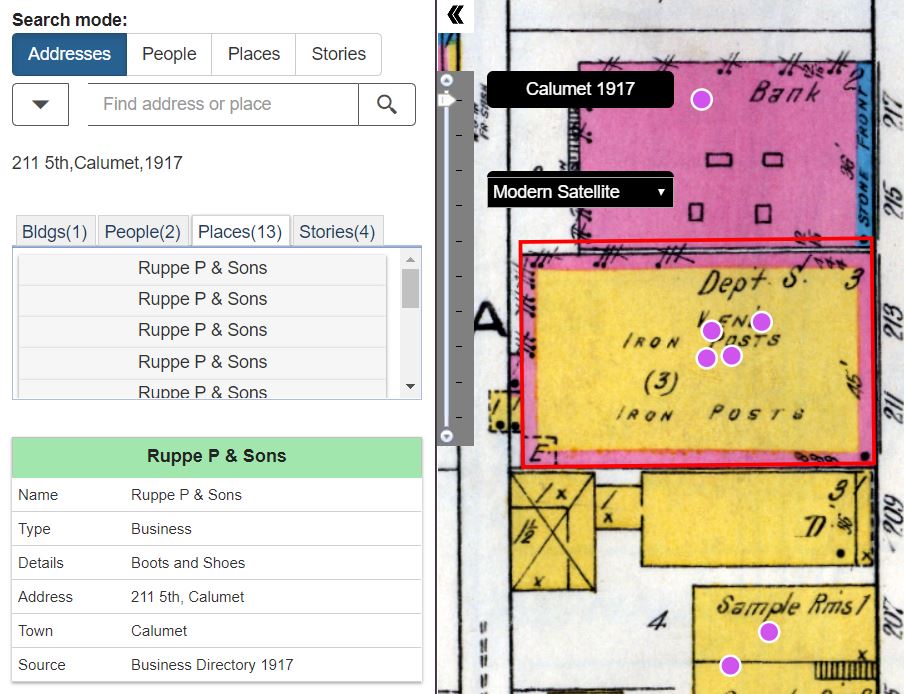
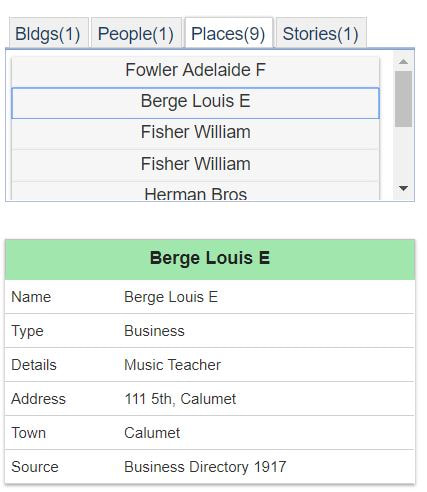
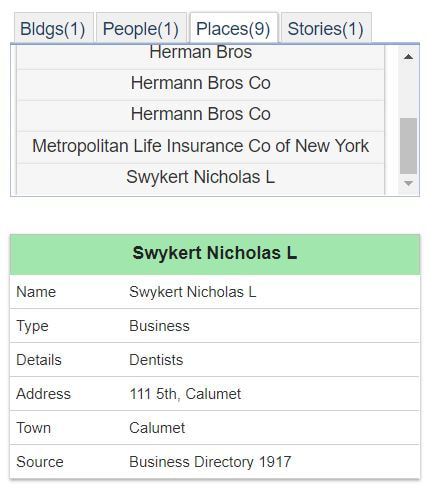
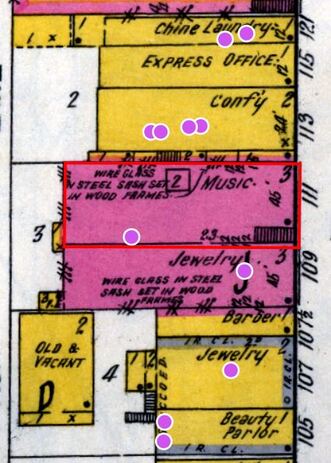
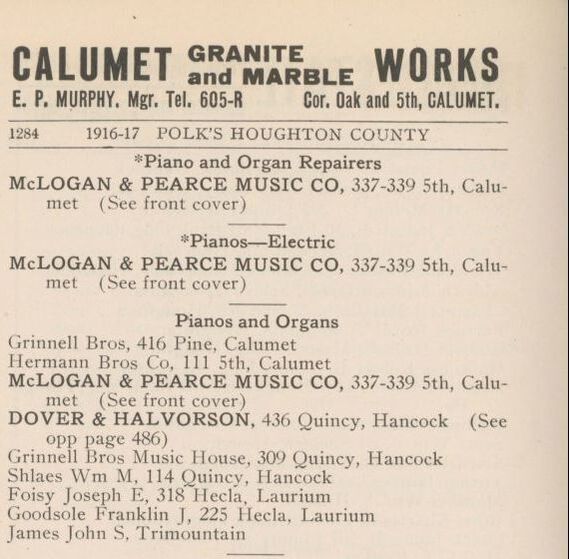
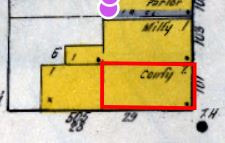
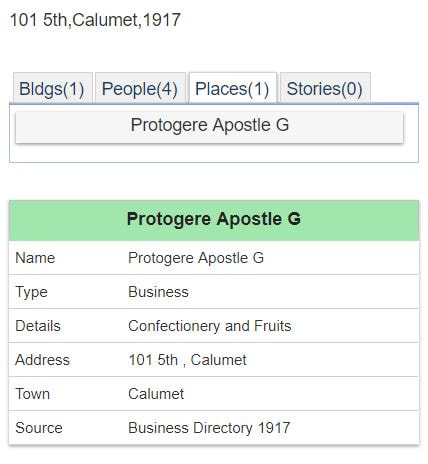
 RSS Feed
RSS Feed



